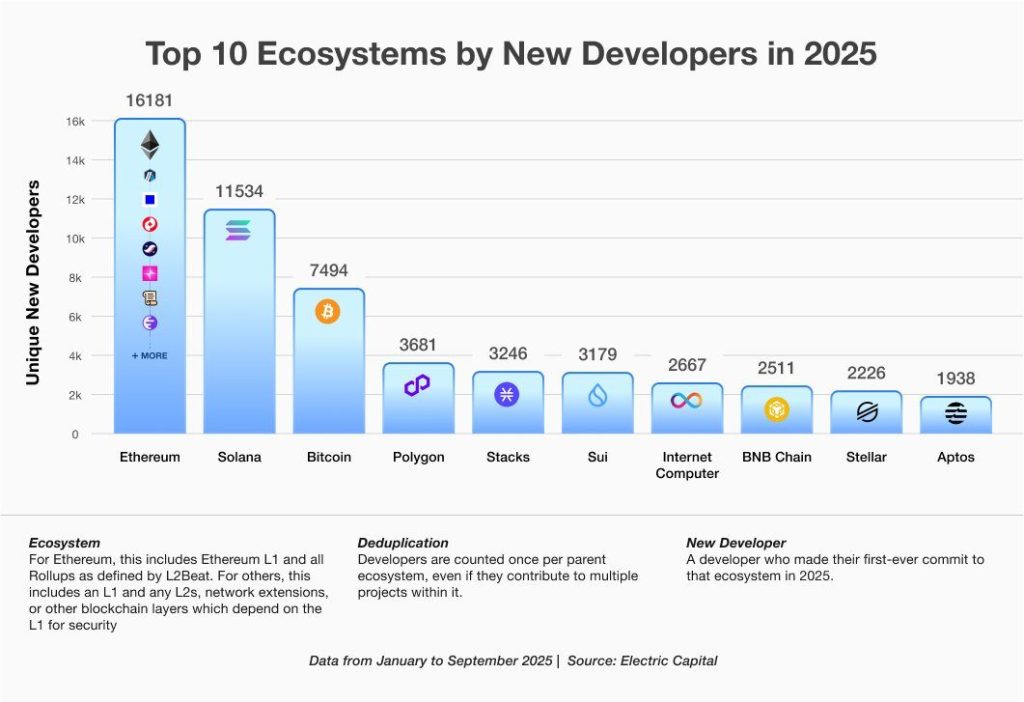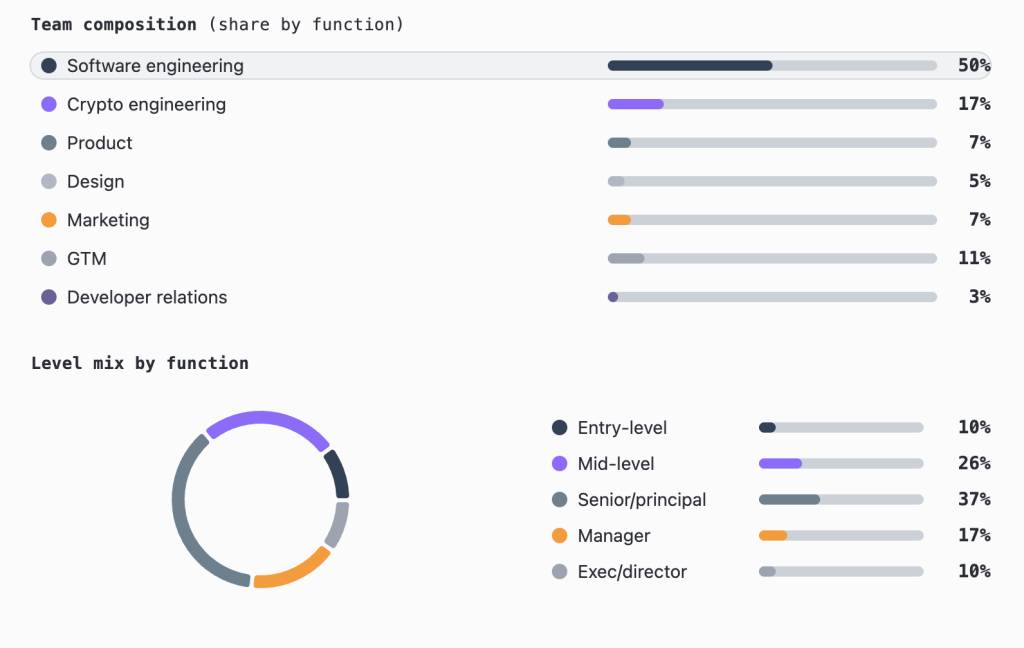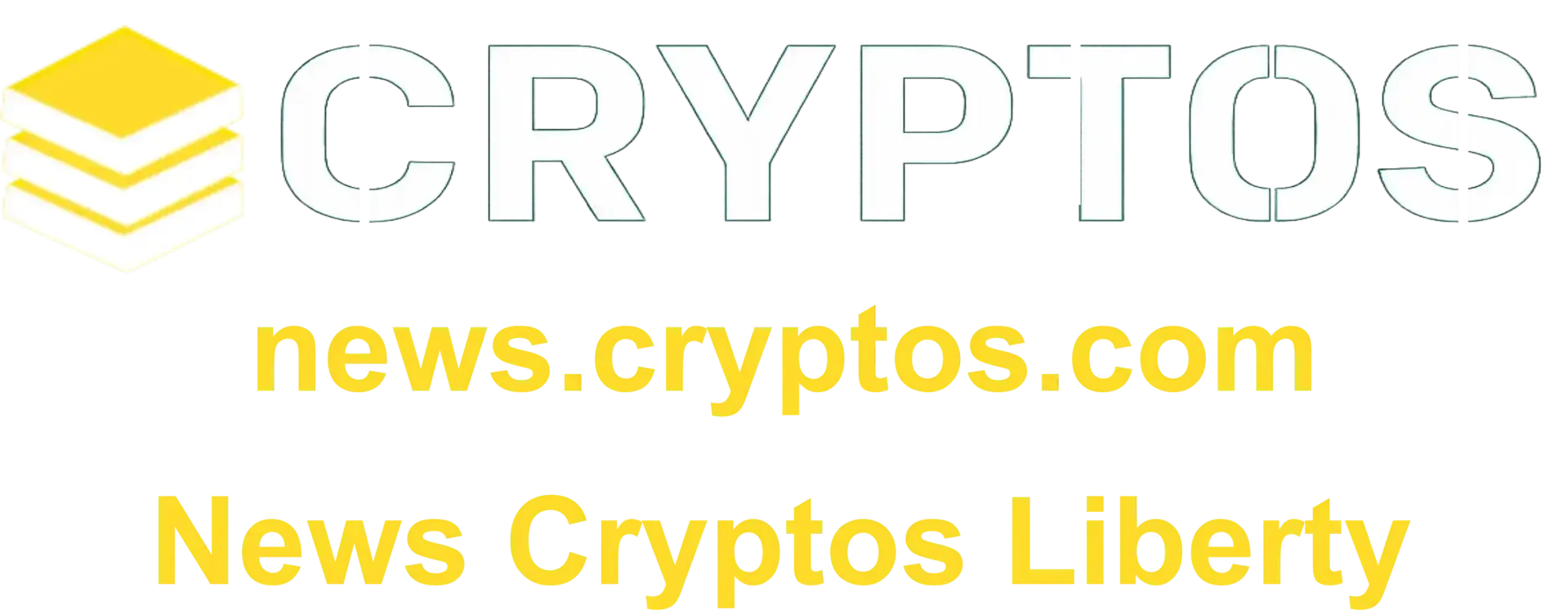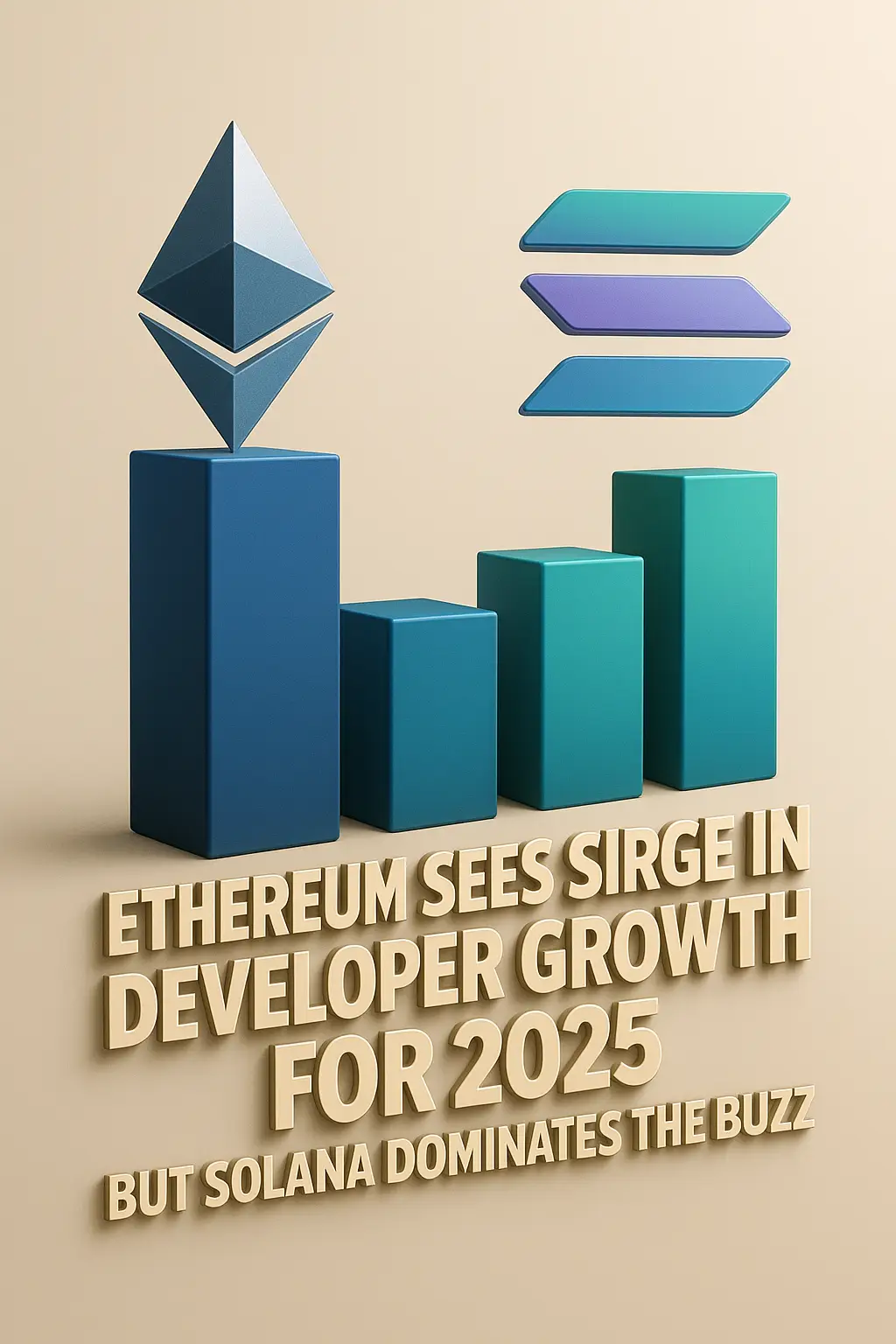Ethereum Sees Surge in Developer Growth for 2025, Yet Solana Dominates the Buzz
Despite Ethereum’s growth in developer numbers, Solana’s rapid momentum and buzz are dominating industry attention.
Ethereum has recorded a remarkable surge in developer participation this year, adding more than 16,000 new contributors between January and September 2025. This brings the network’s total active developers to nearly 32,000, maintaining its position as the most developed blockchain ecosystem.
However, despite Ethereum’s strong fundamentals, Solana has emerged as the center of attention, riding a wave of community enthusiasm, new partnerships, and high-profile project launches that have captured the industry’s spotlight.

Source: X/@ethereumfndn
Ethereum’s Strength Lies in Scale and Stability
Ethereum continues to dominate in size, boasting almost double the number of active developers compared to Solana. This consistent growth demonstrates the network’s maturity and long-term stability. Many developers are drawn to Ethereum’s robust infrastructure, long-standing developer tools, and the security of its established ecosystem.
But while Ethereum’s progress is steady, it’s not as flashy. Its improvements tend to focus on scalability, interoperability, and sustainability—areas that don’t always generate viral excitement but are crucial for long-term reliability.
Solana’s Rapid Rise and Growing Appeal
Solana, on the other hand, has added more than 11,000 developers this year alone, representing one of the fastest-growing developer communities in the blockchain space. The chain’s performance-oriented architecture, lower transaction costs, and active marketing campaigns have positioned it as a go-to platform for startups and emerging projects.
Its ability to attract new developers quickly has created a perception shift in the crypto community—many now view Solana as the “trendsetter” chain, particularly in sectors like DeFi, NFTs, and gaming.
Developer Compensation and Retention
While Ethereum’s ecosystem remains the largest, challenges around developer compensation are becoming more visible. Reports indicate that core Ethereum developers typically earn salaries significantly lower than industry averages. Despite that, many contributors stay loyal, driven by the project’s mission and the stability it offers.
However, as rival blockchains continue to offer more competitive pay packages and flexible incentives, Ethereum’s leadership faces increasing pressure to address long-term retention and motivation strategies.
Global Expansion and Shifting Developer Landscape
Ethereum’s developer base is now spread across all continents, with Asia emerging as its largest contributor region. This marks a shift in the center of gravity for blockchain development, as regions like India, Singapore, and South Korea become hubs for Web3 innovation.
Moreover, developers are becoming more multi-chain oriented, working across multiple ecosystems rather than committing exclusively to one. This new cross-chain trend highlights a maturing industry focused on interoperability and collaboration rather than competition alone.
What This Means for the Future of Blockchain Innovation
The surge in developer growth across both Ethereum and Solana reflects a broader shift in the blockchain landscape — one that emphasizes competition through innovation rather than ideology. Ethereum, once the uncontested home for decentralized development, now faces a new kind of challenge: not from lack of relevance, but from the rapid rise of chains like Solana that are redefining speed, efficiency, and accessibility.
Ethereum’s slower, methodical progress reflects its focus on security, decentralization, and protocol integrity. Its roadmap toward scalability, especially through Layer-2 solutions and rollups, shows a commitment to building infrastructure that can support the next generation of Web3 applications. This approach appeals to enterprise developers, institutional adopters, and those seeking long-term reliability over short-term hype.
Meanwhile, Solana’s approach is distinctly different. It prioritizes user experience and transaction speed, creating an ecosystem where apps can scale quickly without compromising on performance. This has made it a favorite among emerging developers, creative entrepreneurs, and NFT communities. The network’s fast block times and low fees continue to attract experimental projects that push the limits of blockchain usability.
The Role of Community and Ecosystem Growth
A key factor driving Solana’s growing dominance in public perception is its vibrant community marketing and outreach. Hackathons, ambassador programs, and public developer initiatives have created a strong sense of belonging among contributors. This community energy has translated into media buzz and an active online presence that keeps Solana in the headlines.
Ethereum, on the other hand, operates with a more decentralized and academic structure. Its progress comes from deep technical collaboration between global research teams, foundations, and independent developers. While this approach results in fewer “viral moments,” it lays the groundwork for long-term sustainability. Ethereum’s developer conferences, such as Devcon, remain key platforms for innovation and cross-collaboration in the blockchain world.
Balancing Popularity and Technical Maturity
Popularity does not always equal technological superiority. Ethereum’s slower growth pace hides a more complex truth: its developer base is maturing. Many developers now specialize in infrastructure, smart contract auditing, and scalability research — areas critical for the network’s continued evolution.
In contrast, Solana’s rapid growth in contributors reflects a newer generation of builders exploring decentralized finance, tokenization, and real-time applications. Both ecosystems are thriving, but their audiences differ: Ethereum’s developers are the architects of the foundational Web3 layer, while Solana’s are the experimenters bringing blockchain into consumer products.

Source: Dragonfly
The Outlook for 2026 and Beyond
Looking ahead, Ethereum’s developer strength gives it a long-term advantage in maintaining trust and network reliability. As Layer-2 solutions mature, Ethereum’s transaction throughput and cost efficiency are expected to improve dramatically, possibly closing the gap with Solana’s speed advantage.
At the same time, Solana’s momentum suggests it will remain a major force in attracting new builders and users, especially as more high-performance decentralized applications (dApps) come online. Its growth in gaming, social finance, and AI-integrated projects could set new standards for blockchain usability.
Ultimately, both ecosystems are shaping the next chapter of Web3. Ethereum provides the depth, resilience, and foundation; Solana delivers the speed, energy, and cultural relevance. Together, they represent two complementary visions of the same future — one where innovation, not ideology, drives progress.
Source: Cryptonews Edited by Sonarx

